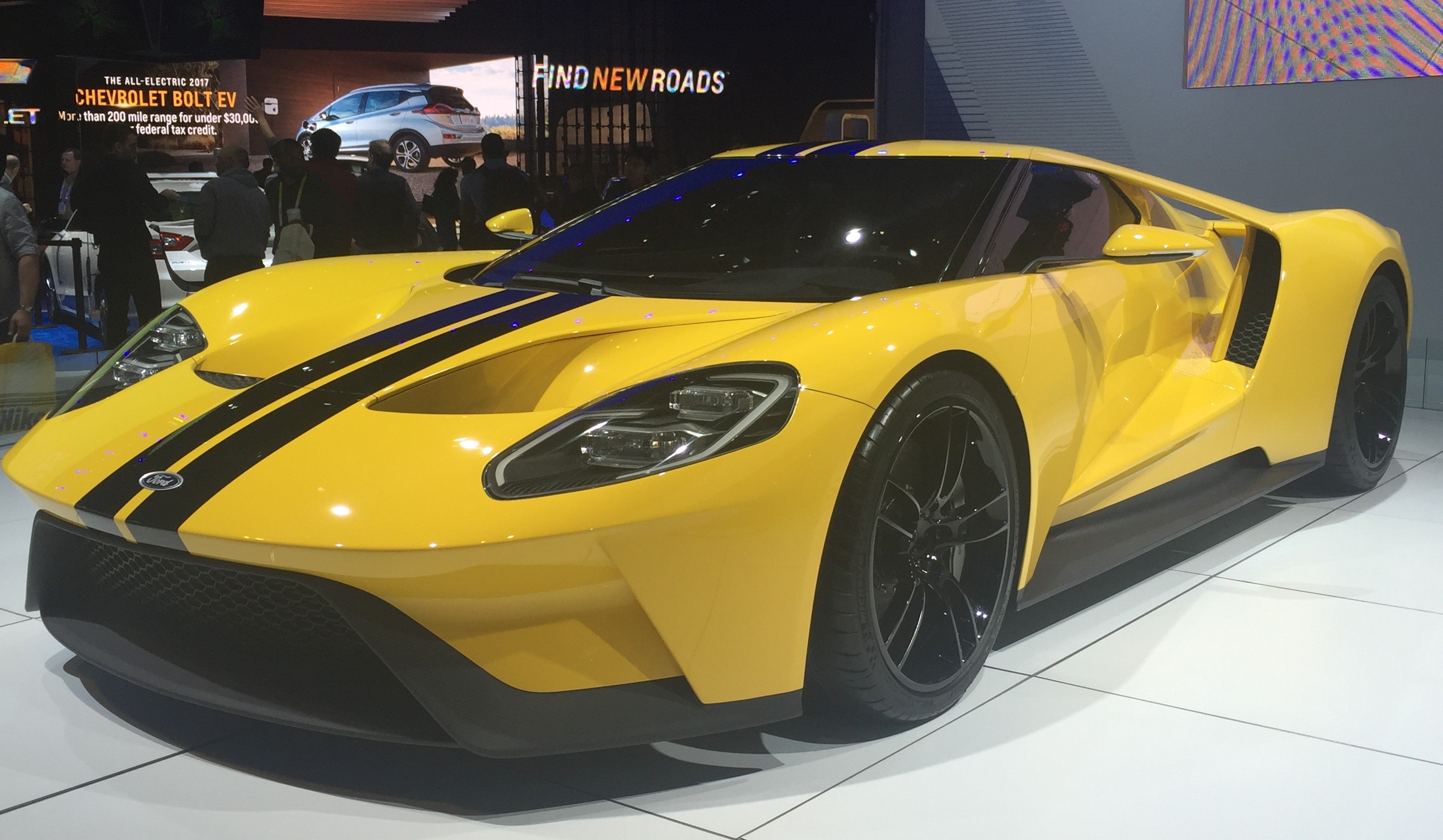Another major feature of CES this year was the connected car where the debate between “brought in” vs “built in” connectivity continued apace. As on board solutions become more sophisticated and reliable, MEF Minute Editor Sam Hill asks could the mobile phone end up being left out of the equation?
Following the trend of recent years, CES 2016 again heavily showcased a huge array of automotive tech, especially the connected car. In one session about where the industry might head in the future a panel which included execs from GM, Ford & BMW were asked “should my car be smart enough to know there’s traffic on my route, or should my phone know that and tell the car?”

At CES the consensus was that a hybrid combination of the two camps of connectivity will continue to be the best, most all-encompassing solution to enable customers to seamlessly move from one part of their digital landscape to another
The distinction may seem trivial, but it crystallised the whole discussion around cars and connectivity, and the ongoing debate between the “brought in” vs. “built in” schools of thought, and whether the connectivity should be provided by the mobile device or an on-board solution within the car itself.
As connected cars become more common, with approaches ranging from relying on the phone alone all the way up to integrated modems – and an assumption that a dedicated, on-board solution will provide a better connected experience, is there a danger that the phone could get left out in the cold?
At CES the consensus was that a hybrid combination of the two camps of connectivity will continue to be the best, most all-encompassing solution to enable customers to seamlessly move from one part of their digital landscape to another – the upshot being that they shouldn’t care about whether the phone or the car is doing the heavy lifting, as long as their experience is integrated.
Any journey starts outside of the car and needs to continue once you’re inside – whether that’s information about the traffic, or bringing the music you were listening to in your house on your trip – and that reality seems unlikely to change, no matter how sophisticated on board modems get – we will always want our phone to talk to our cars.
 Connectivity on display throughout CES of course now goes way beyond simple infotainment. For many years, car/phone connectivity had been limited to using it to access music and video, traffic information, and integrating hands free calling into the driving experience – and indeed, the tablet-isation of the car dashboard was very much on display in the many, many cars on show.
Connectivity on display throughout CES of course now goes way beyond simple infotainment. For many years, car/phone connectivity had been limited to using it to access music and video, traffic information, and integrating hands free calling into the driving experience – and indeed, the tablet-isation of the car dashboard was very much on display in the many, many cars on show.
But now connectivity is looking to encompass the actual process of driving itself. Samsung and BMW were showing off connected cars that can be controlled from an app used to turn on the engine, warm up the car in advance or even self-drive to a chose pick-up location. And when it comes to autonomous cars – that’s just the tip of the iceberg.
What does this trend towards connectivity mean for customers’ data?
Connected cars will generate huge amounts of potentially sensitive data relating to the users’ driving habits and environment, with detailed information on driving telemetry and precise locations and journeys.
The car companies appeared acutely aware of the potential uses and abuses of this data. GM’s John Mcfarland was keen to point out the importance of transparency and consumer choice – new car buyers can opt out of the connectivity subscription options if they do not want their data, anonymous or otherwise, shared – and touched on how such data could be used to feed into insurance premiums when demonstrating real life evidence of a careful driver. Consumers’ are already starting to make their thoughts clear on this issue.
Content Editor
MEF Minute


If the sheer number of cars at CES, and no doubt Mobile World Congress next week, is anything to go by, connectivity in some form or another is absolutely set to be a standard feature for new cars.
They’ve been working on connectivity for many years already and analysts suggest that the proliferation of both embedded solutions and smartphone integration is making the car one of the fastest growing sectors of IoT, with some reports suggesting 90% of new cars will be connected by 2020
Looking around the showfloor at CES, that figure and timeline seems almost conservative.





